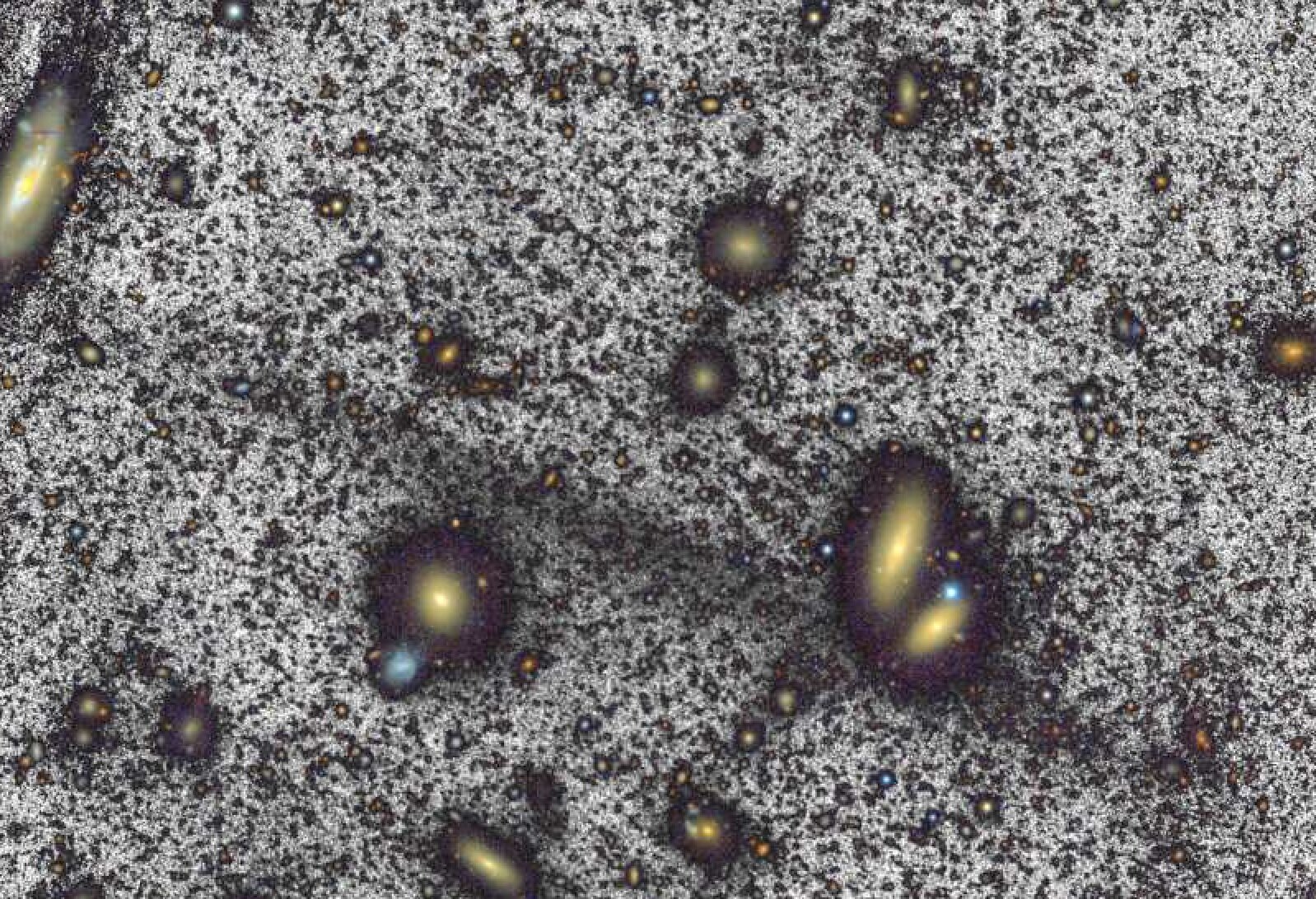To their surprise, an international team of researchers has discovered a giant and extremely faint stream of stars between galaxies. While streams are already known in our own galaxy and in nearby galaxies, this is the first time that a stream running between galaxies has been observed. It is the largest stream detected to date. The astronomers have published their findings in the journal Astronomy & Astrophysics.
The first observations were made with astronomer Michael Rich’s relatively small 70-centimeter telescope in California (United States of America). Next, the researchers focused the 4.2-meter William Herschel telescope (La Palma, Spain) on the area. After image processing, they saw an extremely faint stream more than 10 times the length of our Milky Way. The stream appears floating in the middle of the cluster environment, not associated with any galaxy in particular. The researchers have named it the Giant Coma Stream.



Is that really so?
A galaxy must have a black hole in the center to be called a galaxy?
Edit: some definitions I’ve found online, including one at the Nasa website, mention gravity and quantity.
Must? No. Generally? Yes. All galaxies except for some dwarf galaxies that have been discovered have a black hole at the center.
https://www.astronomy.com/science/does-every-big-galaxy-have-a-central-black-hole/
As to why they’re not a dwarf galaxy either, they’re also not clustered. A cluster and a stream are different.
In what astronomical sense are clusters and streams different? Both are travelling through the void…
I’m not being confrontational. It’s just an interesting topic of discussion. And I understand that ultimately people have different criteria to name things. For example, a typhoon and a hurricane being pretty much the same thing except for location. Or a cosmonaut and an astronaut, etc.
The stars in the interstellar stream are not bound by a single gravitational center. There might be multiple star systems inside the stream, but scale matters and a handful of stars do not constitute a galaxy. Note how this definition of ‘galaxy’ still does not include ‘moving through intergalactic space’, so that characteristic of the stars in this stream is ignored for this pedagogical exercise.
Thanks! It makes sense now.